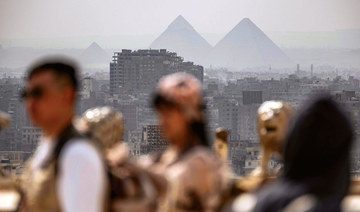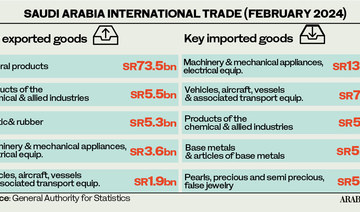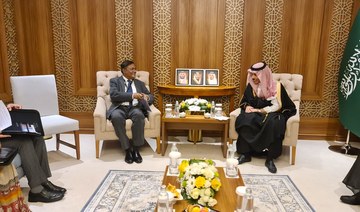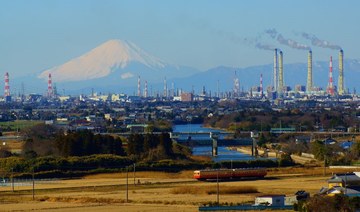In its quarterly earnings report on Thursday, Apple gave the first update in two years on what it calls its active installed base, the number of major products such as iPhones, iPads and Macs in use in the world. Apple said the base expanded 30 percent from two years ago to 1.3 billion.
That increase should have been seen as positive because Apple aims to become less dependent on selling iPhones and shift to selling its existing customers services like Apple Music or add-on devices like the Apple Watch or AirPods.
But analysts voiced skepticism. Apple’s best-selling product, the iPhone, has seen relatively flat unit sales over the same two-year period. On Apple’s earnings conference call, Bernstein analyst Toni Sacconaghi said that the combination of trends implies users are hanging on to their devices longer, and he asked Apple Chief Executive Officer Tim Cook whether investors should be worried about that.
Cook responded that it was up to investors to decide what to focus on, but said he was comfortable with customers buying used iPhones.
When customers sell their old iPhone for a new one, the old iPhone “winds up with another customer somewhere else that is perfectly fine with having a previously owned iPhone. And so I view all of that to be incredibly positive. It’s more people on iPhones, the better,” Cook said.
Laura Martin of Needham & Co. pressed Cook on whether the larger device base meant more devices per user, or more users — an important question, because a user with both an iPad and iPhone is likely to only purchase one Apple Music subscription, for example.
Cook said “there are many, many, many more” Apple users than two years ago but declined to give an actual figure.
The signals on how well Apple is monetizing users were mixed. Sales of its “wearable” accessories — Beats headphones, AirPods and the Apple Watch — were up 70 percent year-over-year in the fiscal first quarter ended December 30. But services revenue — which includes Apple Music, iCloud and the App Store — fell short of analysts’ expectations for the December quarter, at $8.4 billion, and was down slightly from the previous quarter.
Apple has yet to disclose plans for how it will distribute the television shows in which it has been investing in recent months, which could become a large business.
“They’ve been building up the services business for several years, knowing full well that at some point the gravy train on smart phones is going to end,” said Bob O’Donnell, head of Technalysis Research.
Apple’s user base grows, but analysts probe for more detail
Apple’s user base grows, but analysts probe for more detail
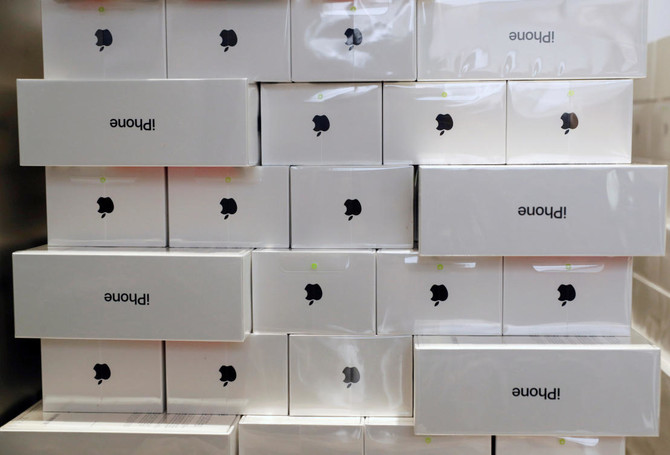
Egypt’s net foreign assets deficit shrinks $17.8bn in March
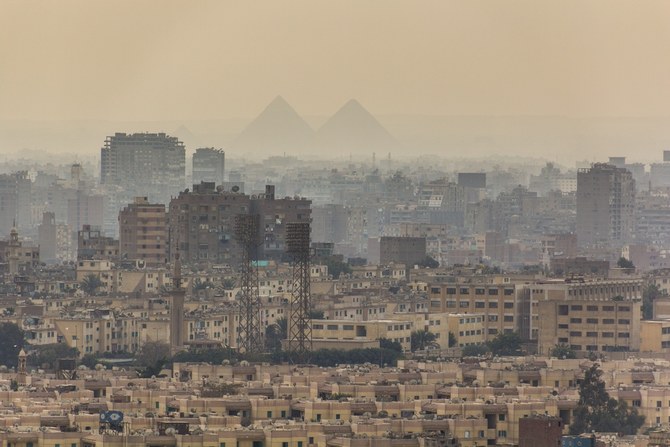
CAIRO: Egypt’s net foreign assets deficit shrank $17.8 billion in March, its second month of decline, central bank data showed, after remittances, foreign portfolio investment and a $5 billion payment from the UAE poured into the country, according to Reuters.
Egypt received a second $5 billion payment from the UAE in early March for a land development on the Mediterranean coast after an initial payment in February.
On March 6, it devalued its currency and announced an $8 billion agreement with the International Monetary Fund, triggering a flood of portfolio investments and remittances from workers abroad.
The March NFA deficit shrank to 200 billion Egyptian pounds ($4.18 billion) from 679 billion pounds in February.
The March NFA figures does not reflect an $820 million first instalment in early April under the expanded IMF financial support program.
Commercial banks’ foreign assets jumped by $7.4 billion in March while their liabilities slid by $3 billion, according to Reuters calculations based on central bank data and taking account of the March 6 devaluation.
Egypt has allowed its currency to weaken to 47.8 pounds to the dollar since it signed the IMF agreement after having left it fixed at 30.85 to the dollar for a year.
Central bank foreign assets rose by $3.5 billion while its foreign liabilities decreased by $3.9 billion.
NFAs represent both central bank and commercial bank assets held by non-residents, minus their liabilities.
The $17.4 billion reduction in the deficit followed a $7.04 billion reduction in February.
Before that, the central bank had been drawing on the NFAs over the past two and a half years to help support the country’s currency. In September 2021, NFAs stood at a positive $3.9 billion.
Oil Updates – prices fall for a 3rd day as Middle East ceasefire hopes rise
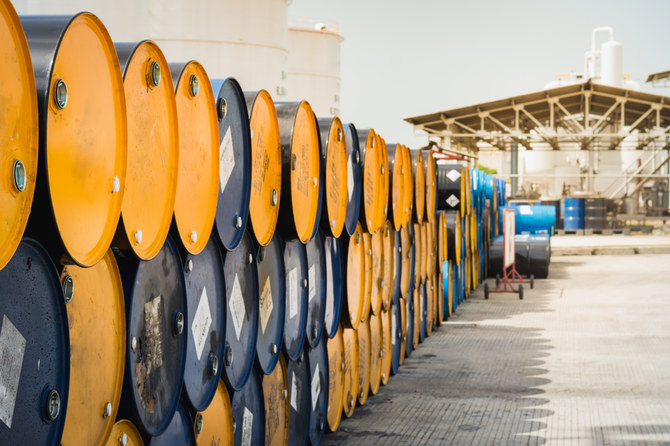
NEW YORK/SINGAPORE: Oil prices fell for a third day on Wednesday amid increasing hopes of a ceasefire agreement in the Middle East and rising crude inventories and production in the US, the world’s biggest oil consumer
Brent crude futures for July fell 70 cents, or 0.8 percent, to $85.63 a barrel by 7:56 a.m. Saudi time. US West Texas Intermediate crude for June declined 75 cents, or 0.9 percent, to $81.18 per barrel.
Expectations that a ceasefire agreement between Israel and Hamas could be in sight, following a renewed push led by Egypt to revive stalled negotiations between the two, pushed oil prices lower.
“The potential for a ceasefire agreement between Israel and Hamas has eased concerns of an escalation of the conflict and any possible disruptions to supply,” ANZ analysts said in a note on Wednesday.
However, Israeli Prime Minister Benjamin Netanyahu vowed on Tuesday to go ahead with a long-promised assault on the southern Gaza city of Rafah, whatever the response by Hamas to the latest proposals for a halt to the fighting and a return of Israeli hostages.
Also pressuring prices were swelling US crude oil inventories and rising crude supply.
US production rose to 13.15 million barrels per day in February from 12.58 million bpd in January, its biggest monthly increase in about 3-1/2 years, the Energy Information Administration said on Tuesday.
“Continued signs of inflation also raised concerns about demand for crude oil. This comes ahead of the US driving season, where demand for gasoline rises strongly,” analysts at ANZ said.
Keeping oil from slipping further, output by the Organization of the Petroleum Exporting Countries was seen falling by 100,000 bpd in April to 26.49 million bpd, a Reuters survey found on Tuesday.
The survey reflected lower exports from Iran, Iraq and Nigeria against a backdrop of ongoing voluntary supply cuts by some members agreed with the wider OPEC+ alliance.
Saudi Arabia’s real GDP rises by 1.3% in first quarter: GASTAT
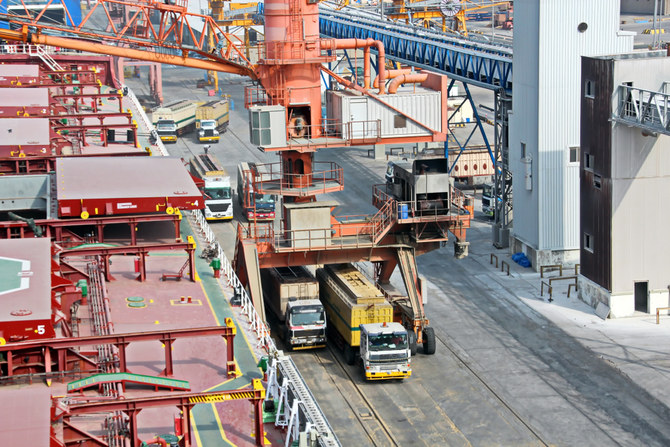
RIYADH: Saudi Arabia’s real gross domestic product saw a 1.3 percent rise in the first three months of this year compared to the previous quarter, official data showed.
According to the General Authority for Statistics, this rise in real GDP was propelled by oil and non-oil activities which increased by 2.4 percent and 0.5 percent during the period, respectively.
On the other hand, government activities in the Kingdom witnessed a decline of 1 percent in the first quarter of this year, compared to the last quarter of 2023.
However, GASTAT revealed that Saudi Arabia’s real GDP decreased by 1.8 percent in the first quarter of 2024 compared to the same period of the preceding year.
The authority attributed this decline to a drop in oil activities, which decreased by 10.8 percent year-on-year in the first quarter. The fall in oil exports stemmed from the Kingdom’s decision to curtail crude output, in line with an agreement by the Organization of the Petroleum Exporting Countries and its allies, collectively known as OPEC+.
In a bid to maintain market stability, Saudi Arabia decreased its oil output by 500,000 barrels per day in April 2023, a measure that has now been extended until December 2024.
Meanwhile, non-oil activities in the Kingdom witnessed a 2.8 percent year-on-year increase in the first quarter, with government activities experiencing a growth of 2 percent during the same period.
Strengthening the non-oil private sector is crucial for Saudi Arabia, as the Kingdom is steadily reducing its dependence on oil, aligned with the economic diversification efforts outlined in Vision 2030.
In March, another report released by GASTAT revealed that Saudi Arabia’s GDP decreased by 0.8 percent in 2023, compared to 2022.
On the other hand, the Kingdom’s non-oil activities demonstrated significant growth of 4.4 percent in 2023 compared to the previous year.
In 2023, the Kingdom’s government activities also witnessed a rise of 2.1 percent compared to 2022.
GASTAT releases International Trade report
On April 30, GASTAT also released its international trade report, which indicated that Saudi Arabia’s non-oil exports, including re-exports, declined 13.7 percent to SR272.37 billion ($72.62 billion) in 2023 compared to 2022.
The analysis revealed that the Kingdom’s overall merchandise exports also fell by 22.2 percent year-on-year in 2023 to SR1.2 trillion, driven by a 24.3 percent decrease in oil exports during the period.
Consequently, the percentage of oil exports out of total exports decreased to 77.3 percent in 2023 from 79.5 percent in 2022.
On the other hand, Saudi Arabia’s imports rose by 9 percent in 2023 to SR776 billion compared to the year-ago period.
The report also revealed that Saudi Arabia’s trade balance surplus stood at SR424 billion in 2023.
China was Saudi Arabia’s most important trading partner in 2023, with exports to the Asian nation amounting to SR199.3 billion or 16.6 percent of the total exports.
Japan and India closely followed China with $121.83 billion and 113.35 billion, respectively.
According to GASTAT, South Korea, the US, and the UAE, as well as Bahrain, Taiwan and Malaysia were the other countries that ranked in the top 10 destinations for Saudi Arabia’s exports.
On the other hand, imports from China to Saudi Arabia amounted to SR162.55 billion in 2023, followed by the US and the UAE with SR70.50 billion and SR50.05 billion, respectively.
India, Germany, and Japan, along with Switzerland, South Korea, and Italy, were the other countries that ranked in the top 10 countries for imports.
The report revealed that the Jeddah Islamic Port topped the list of terminals through which goods reached the Kingdom in 2023 at a value of SR227.38 billion, corresponding to 29.3 percent of the total imports.
Saudi Arabia, UAE supplied 85% of Japan’s crude oil in March

- Further 10% of Japan’s needs were from Arab sources including Kuwait, Qatar, Oman and the Neutral Zone
TOKYO: Saudi Arabia and the UAE provided 85 percent of Japan’s total crude oil needs in March, according to the Agency of Natural Resources and Energy of the nation’s Ministry of Economy, Trade and Industry.
A further 10 percent of Japan’s needs were from Arab sources including Kuwait, Qatar, Oman and the Neutral Zone. This means that the Arab region provided nearly 95 percent of Japan’s needs.
Crude oil represents about a third of Japan’s energy needs.
Japan imported 32.77 million barrels from the UAE, or 44.1 percent of total imports, in March. Saudi Arabia’s share amounted to 30.51 million barrels, or 41 percent of total imports.
During March, Japan imported 74.39 million barrels of oil, of which the Arab share was 94.7 percent, or 70.45 million barrels.
Kuwait provided 5.12 million barrels (6.9 percent) and Qatar 1.56 million barrels (2.1 percent). Japan imported 0.1 percent from Oman and 0.6 percent from the Neutral Zone.
With Japan’s ban on importing oil from Iran and Russia continuing in March, the rest of the country’s oil imports came from the US (4.1 percent), Central and South America (0.9 percent), and Oceania (0.3 percent).
Europe to launch chamber of commerce in Riyadh
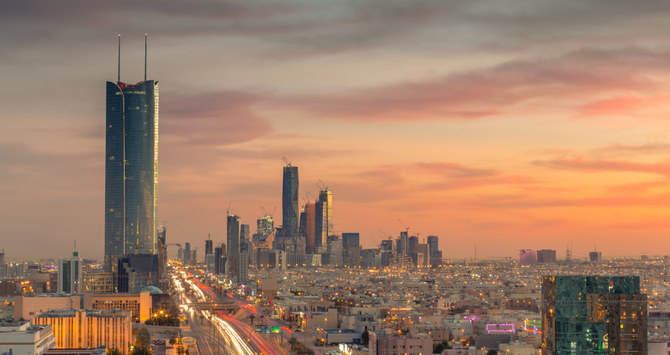
RIYADH: The first European Chamber of Commerce in the Gulf region will open next week in Riyadh, the EU’s special representative for the Gulf region has told Arab News.
Luigi Di Maio said the new body would bring Saudi and European companies together to enhance trade and cooperation.
“We’ve worked very hard with the Ministry of Investment, your Ministry of Trade. The EU delegation in Riyadh did a great job. And now we are going to inaugurate this chamber,” Di Maio said.
“That is in order to bring closer our companies, Saudi companies and European companies, to take on both sides the new opportunities of the Vision 2030 program … of our new European Green Deal, Next Generation EU, and others.”
Saudi Arabia’s Vision 2030 reform program had transformed the global business community’s view of the Kingdom, Di Maio said. “The ambitions, especially economic ambitions, of Saudi Arabia are totally changing perceptions of the Kingdom around the world,” he said. “There is a business community that is more and more interested in these ambitions, in this vision, and in a new generation of dreamers in this country.”
There was a growing recognition of the Kingdom’s diplomatic and economic influence, Di Maio said. “Saudi Arabia is becoming more and more the point of reference because now it is implementing its vision for the region that is not just an economic ambition, but is a new policy and new initiatives in order to de-escalate, to make the region in peace and wind down on tensions like the tension that we are experiencing now.
“The partnership and the strategic partnership between the EU and GCC countries, in particular with countries like Saudi Arabia, is vital.”





